How to recognize a quality extra virgin olive oil
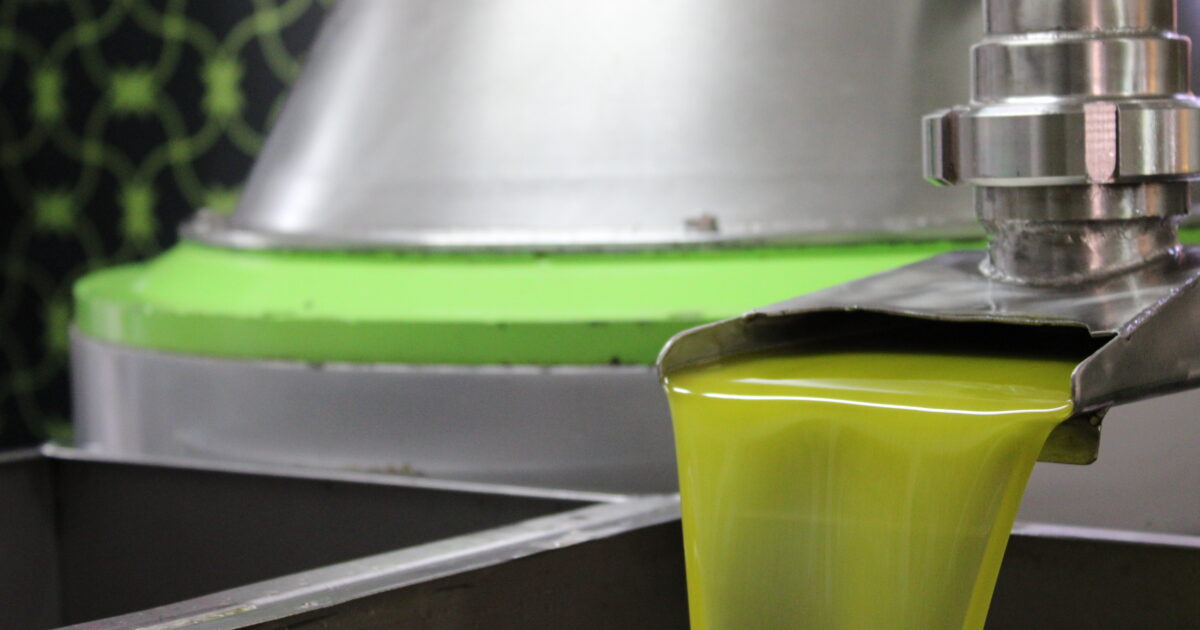
Do you really know if the oil you use every day is quality extra virgin? There are big differences on the market, and recognizing an authentic EVO oil can seem difficult. In this guide we’ll look at the basic criteria for knowing if an oil is really good: sensory analysis, labeling, storage, and simple tests you can do at home.
Index
What is a quality extra virgin oil
An oil is extra virgin when it has zero sensory defects, greater than zero fruitiness and meets precise chemical parameters: free acidity ≤ 0.8 percent, low oxidative values, correct extraction. Basically you need healthy raw material, olives harvested at the right time and milled quickly. The label “low acidity” is not enough if it then lacks aroma and taste.
Sensory analysis: sight, smell and taste
Sight: don’t be fooled by the color
Color alone does not determine quality. Deep green or golden yellow depends on cultivar and chlorophyll. Initial cloudiness may be normal but over time filtering provides stability. Smell and taste count more.
Smell: must be alive and vegetal
A true EVO oil should have fresh, vegetable aromas: cut grass, green tomato, almond, artichoke. Musty, damp or rancid smells are defects to be avoided.
Taste: bitter and spicy are a plus
Bitterness and spiciness are positive signs. They indicate the presence of polyphenols and freshness. A flat or characterless oil is a sign of poor quality.
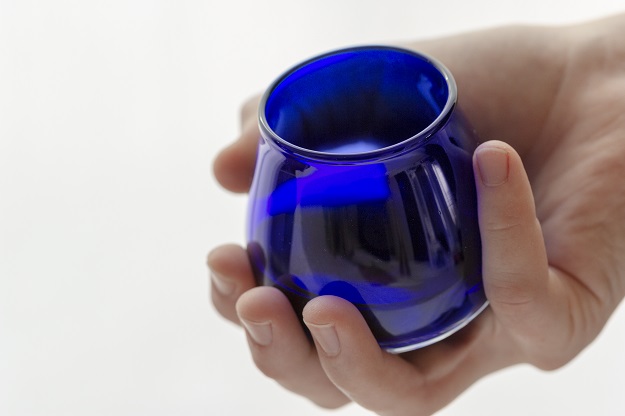
The label: what to look at before you buy
A quality oil can also be recognized by its label. Check the origin (better 100% Italian or DOP/IGP), the cultivar indicated (e.g., Ravece, Coratina, Frantoio), the oil year and the minimum shelf life. Also important are the words “cold extracted,” lot, bottler and certifications. Vague labels are a red flag.
Practice tests to take at home
Taster test: warm a little oil in your hands and smell, it should have a distinct and pleasant fruitiness. Spoon tasting: it should have harmonious bitterness and spiciness. Neutral bread: the oil should emerge with character, not disappear.
Storage and packaging
A quality EVO oil is always protected by dark bottle or tin. Light and heat accelerate oxidation. Store between 12 and 20°C, away from the stove, sealing the bottle tightly. Best to buy moderate and fresh quantities.
Common mistakes that cause quality to be lost
Choosing only by color or price, leaving oil near heat, using the same oil for everything, and not looking at the oil campaign are habits that lose quality.
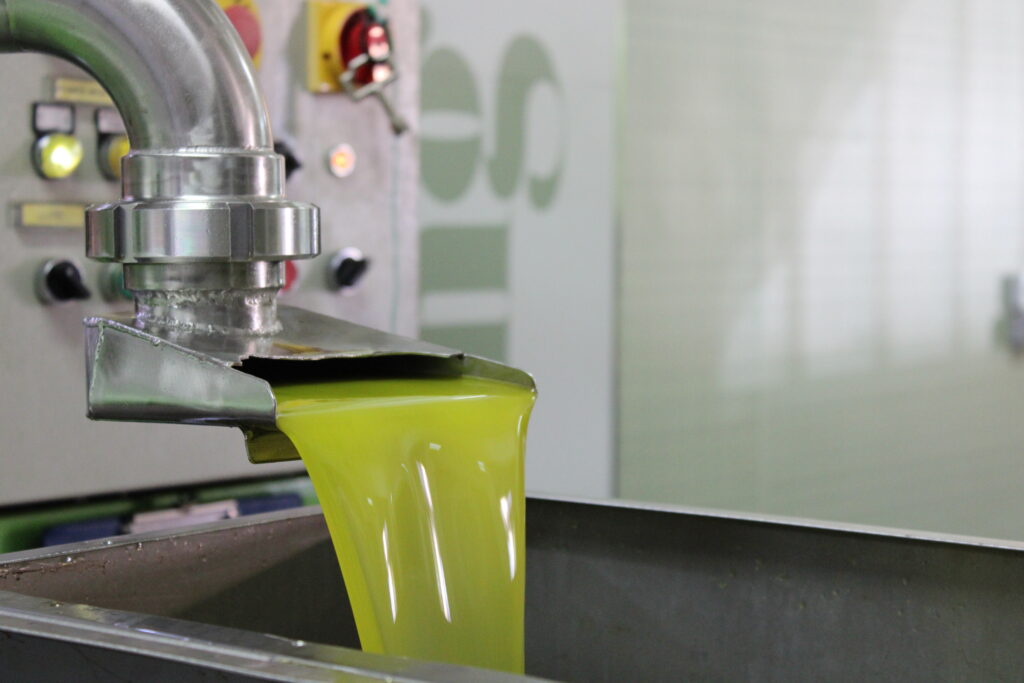
Why choosing quality extra virgin oil pays off
A good extra virgin contains more polyphenols, is good for your health, lasts longer, and performs better in cooking: less is enough to give flavor and enhances every dish.
The example of the Ravece Contedoro
The Ravece cultivar, typical of Irpinia, is a concrete example of high-quality extra virgin olive oil. Its intense fruitiness presents notes of green tomato, grass and almond. In the mouth it has balanced bitterness and spiciness, a sign of phenolic richness. Perfect raw on bruschetta, legumes, soups, grilled vegetables and traditional dishes. Discover our Contedoro Ravece Olio: the essence of an authentic extra virgin that combines taste, health and tradition.
Quick table: don’t confuse the categories
| Category | Sensory defects | Acidity (max) | Practice Notes |
|---|---|---|---|
| Extra Virgin (EVO) | 0 | 0,8% | Fruity present, clean profile |
| Virgin | Mild allowed | 2,0% | Lower quality, less fragrance |
| Olive oil | Refined + virgin | n/a | Scents almost absent |
| Olive pomace | Refined + virgin | n/a | Technical use/cooking, little character |
FAQ
Is the pinching oil defective? No, the tingling is a quality related to polyphenols. If it is excessive it may just be unbalanced, but it is not a defect.
Does the deep green color mean better quality? No. Color depends on cultivar and chlorophylls; smell and taste counts.
“Cold extraction” what does that mean? That during extraction the temperature does not exceed 27°C, preserving fragrances and noble compounds.
Better filtered or unfiltered? Filtrate is more stable over time. Unfiltered may like it when new but will oxidize sooner if not decanted.
Do you need extra virgin for frying? Yes, it holds up well to cooking due to its composition. Prefer medium profiles so as not to cover the flavors.
Conclusion
Recognizing a quality extra virgin oil means looking at label, fragrance, taste and preservation. An authentic EVO is health, taste and territory. Want a sure reference? Taste Contedoro’s Ravece, the fruit of the Irpinian tradition and a guarantee of superior quality.
or even better
-
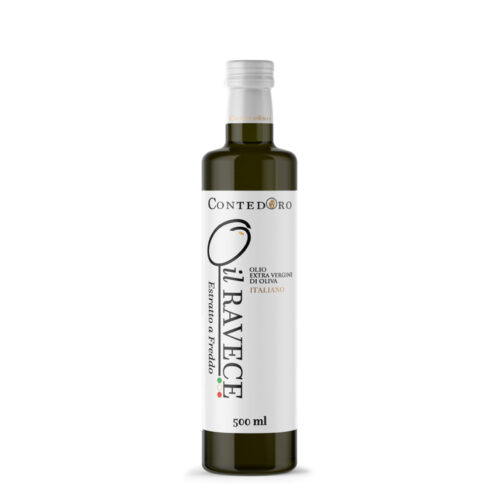 Oil Ravece
Oil Ravece -
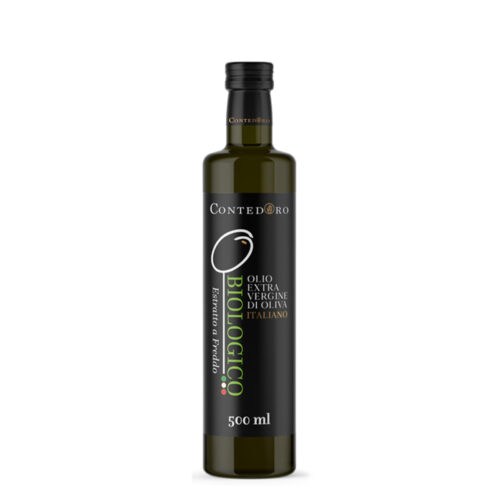 Organic Extra Virgin Olive Oil
Organic Extra Virgin Olive Oil -
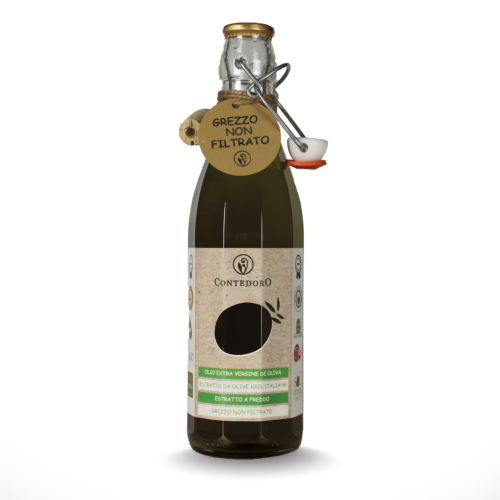 Raw Oil – Unfiltered EVO 0.50 and 5Lt.
Raw Oil – Unfiltered EVO 0.50 and 5Lt. -
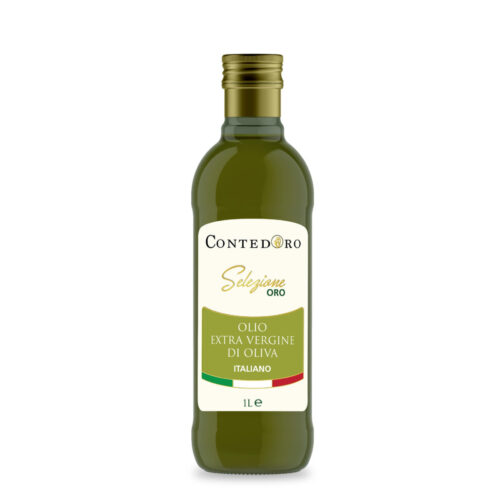 GOLD selection
GOLD selection -
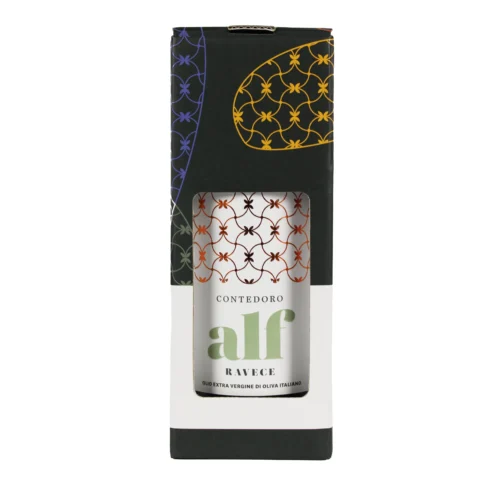 ALF – Ravece Selection
ALF – Ravece Selection -
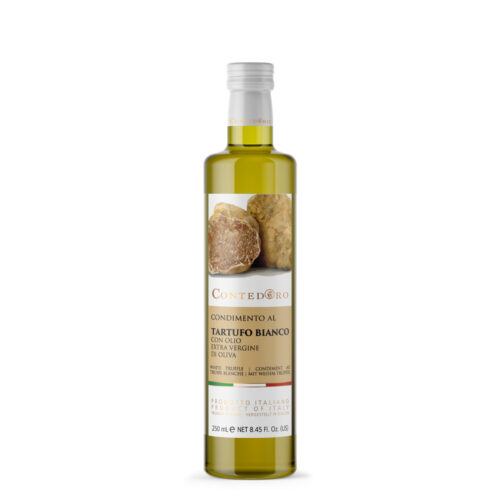 Extra virgin olive oil flavored with white truffle
Extra virgin olive oil flavored with white truffle -
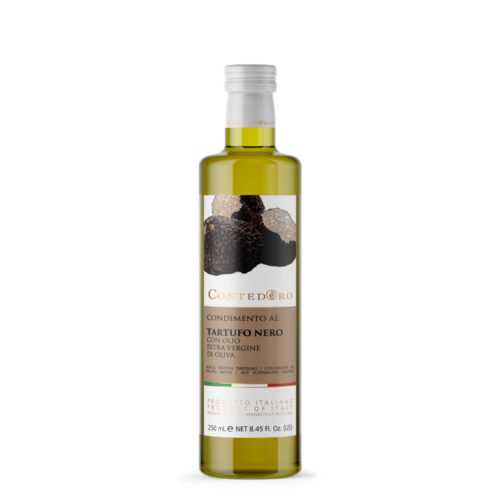 Extra virgin olive oil flavored with black truffle
Extra virgin olive oil flavored with black truffle -
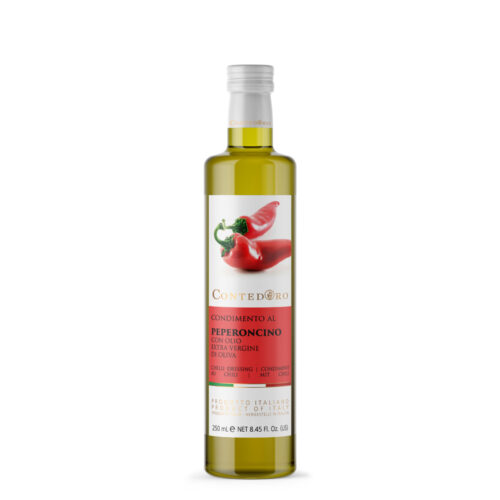 Chili pepper flavored extra virgin olive oil
Chili pepper flavored extra virgin olive oil -
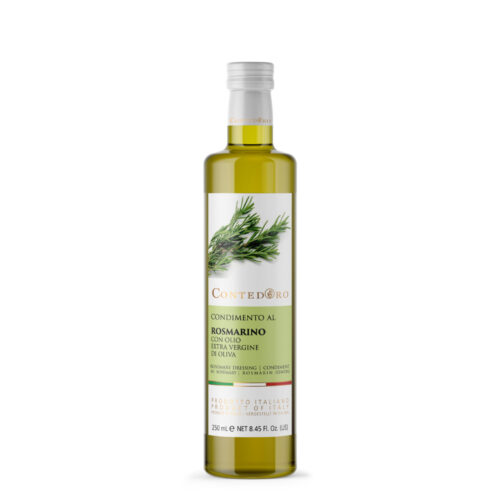 Extra virgin olive oil flavored with rosemary
Extra virgin olive oil flavored with rosemary -
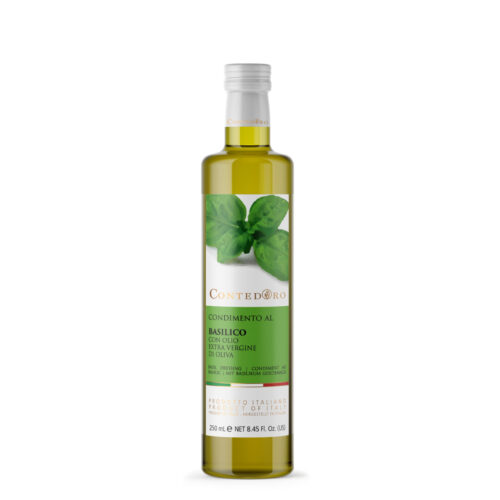 Basil-flavored extra virgin olive oil
Basil-flavored extra virgin olive oil -
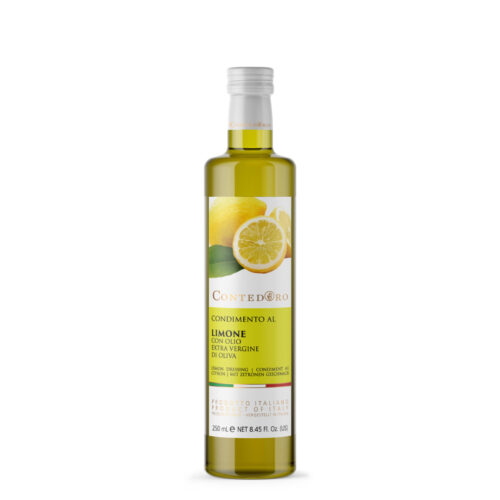 Lemon-flavored extra virgin olive oil
Lemon-flavored extra virgin olive oil -
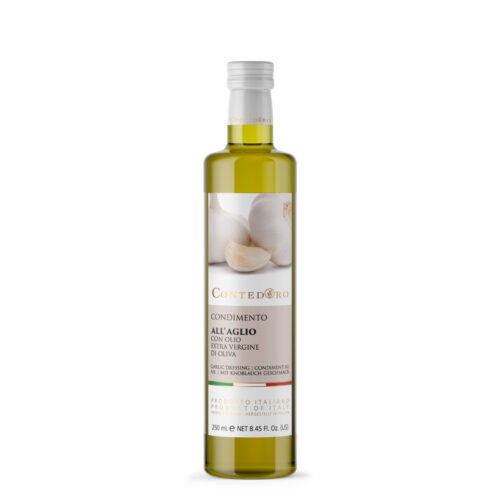 Garlic-flavored extra virgin olive oil
Garlic-flavored extra virgin olive oil

Alfio Lo Conte
Tecnico ed esperto degli oli extravergini di oliva, iscritto nell’Elenco Nazionale sezione Campania.
Maestro di frantoio con diploma, conseguito presso International Extravirgin Agency.
Read more articles by: Alfio Lo Conte
Recent Comments